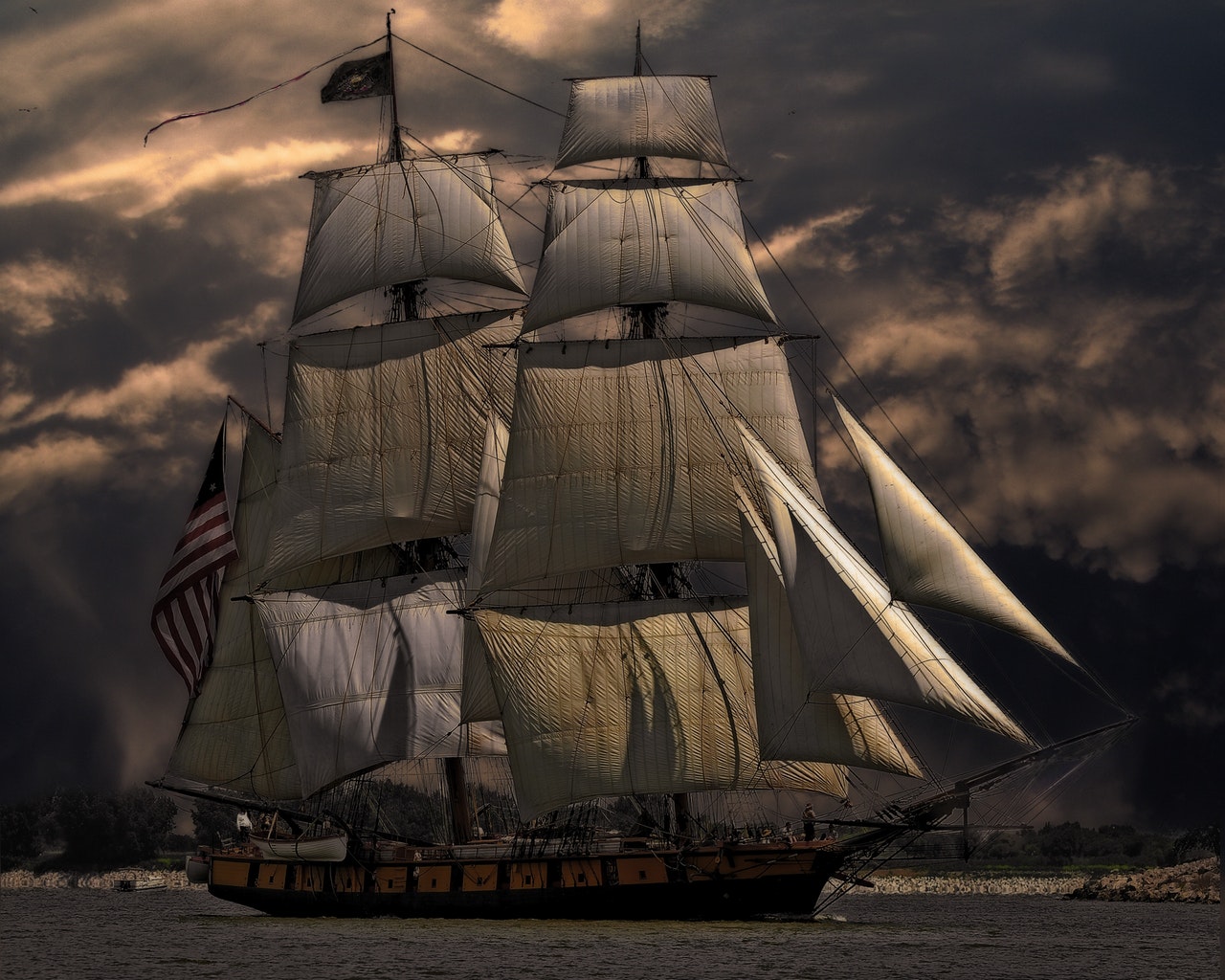A New Continent | Hope for a future
Posted by Marcus Yoder on 20th Feb 2018

Last month we introduced the Charming Nancy, the ship that brought a group of eleven Amish families to America. Hans Jacob Kaufman, who historians believe was an Amish Bishop, kept a small calendar journal that was discovered in the 1970s. In a few short paragraphs, he records when they left German soil and when they arrived in America. But what is even more powerful he records the deaths, including the deaths of his children, which occurred on the voyage.Of the eleven Amish families, he records twenty-six deaths, twenty-four of which were children!
Think about the memories those who were on this voyage would have as they finally landed in America. First, the trauma of leaving their extended families, an important part of their world and culture, behind as they left.Most knew that they would never see their families and the world that was safe and settled, ever again. Think about the voyage itself.In the nearly three-month journey, there would have been an average of two funerals per week from this group. Bishop Kaufman would have officiated as their bodies were rolled into a canvas and weighted with lead or rocks and dropped overboard into the grave of the Atlantic.
What is it that led these people to leave the safe and comfortable and move out into a world that they did not know, and where death and fear prevailed? Why were they even willing to uproot their families and forever change their lives? There are two major reasons for this as we look back at this time.
First, were these people’s long memories of martyrdom and persecution. While there was no overt persecution in the 1730s when the first Amish came to America, they were still a disadvantaged minority. They could not own their land, and so many were tenant farmers with the constant fear of being forced to leave their homes and farms at the whim of the feudal system. For the Anabaptist, this was even more of an issue since there had been periodic efforts by the established churches of Europe to deal with their presence by forcing them to join or move from the areas. The memory and stories of their parents and grandparents about persecution and even martyrdom made the decision to move to what they perceived to be a free new world an appealing one.
The second factor for their move was the news from the new world that freedom from this level of persecution and fear was possible. Here they heard, people could worship how they desired with no pressures from the government.It was, after all, the Quakers, who were persecuted in Europe, that owned and offered these Anabaptists a place to live in Pennsylvania. Along with the freedom of religion and equally exciting possibility was that they could also own land with no fear that after developing it, they would be driven from their farms and homes at the whim of a rich landlord. They could have a place of freedom for themselves and their children.
These two factors, one a push out and the other a pull into, led about five hundred Amish to emigrate from Europe to Pennsylvania. The flow into Pennsylvania ended when the American colonies rebelled in the 1770s, and while a few families would come throughout the next 30-40 years, the Amish world in America was essentially built in those early years when Pennsylvania was still a British colony.
It is challenging to consider that many of the people that moved here, did so for a better life for their family. A place where they could build a future that was more secure than the uncertain world from which they came. The inherent danger of the ocean voyage, the uncertainty of the new world, the fear of Indians on the frontier, was not enough to keep these people at home. So the story of the Amish shifts continents from Europe to America and like their forefathers they would have to create new homes, farms, and a new life as they settled a strange and foreign land. Forced by what they considered to be a pushout and drawn by the pull of freedom and land, they settled here.What hard times would they face here? Would their world ever be the same again?
